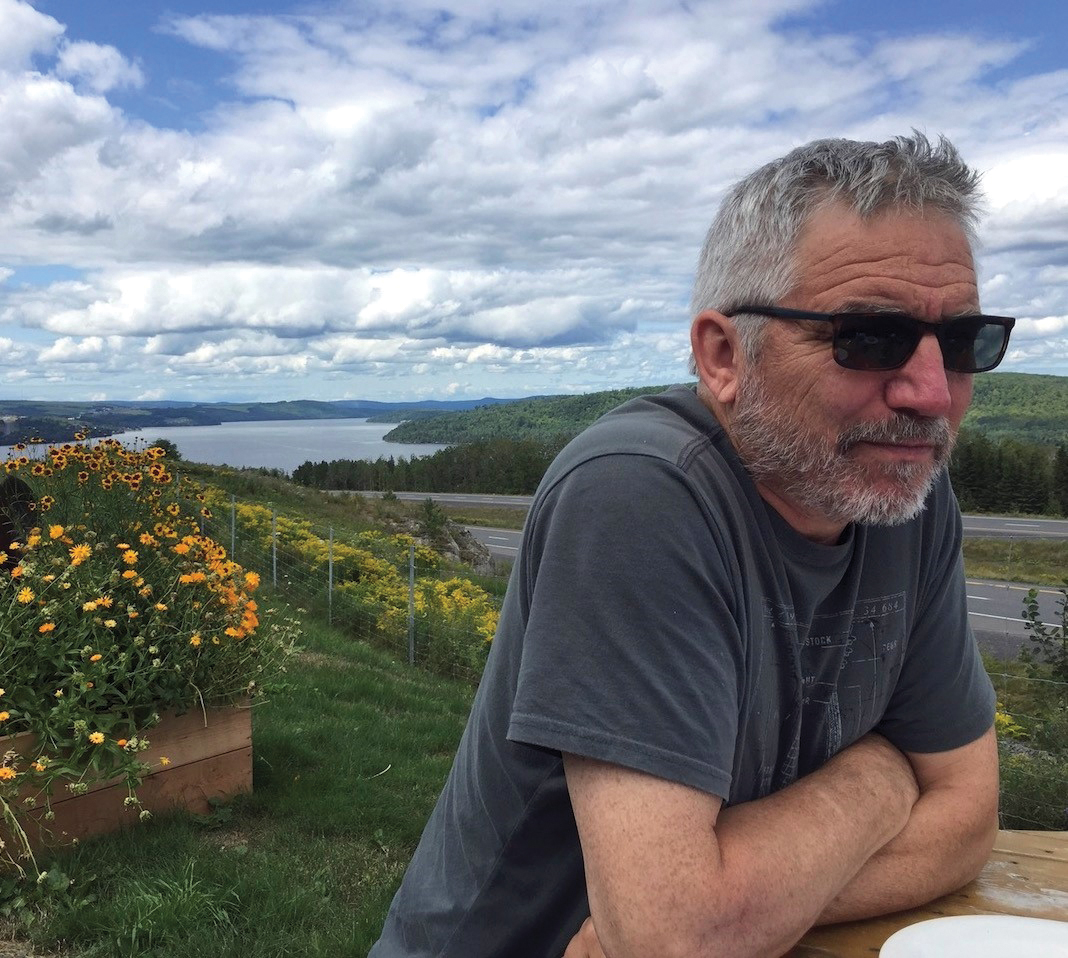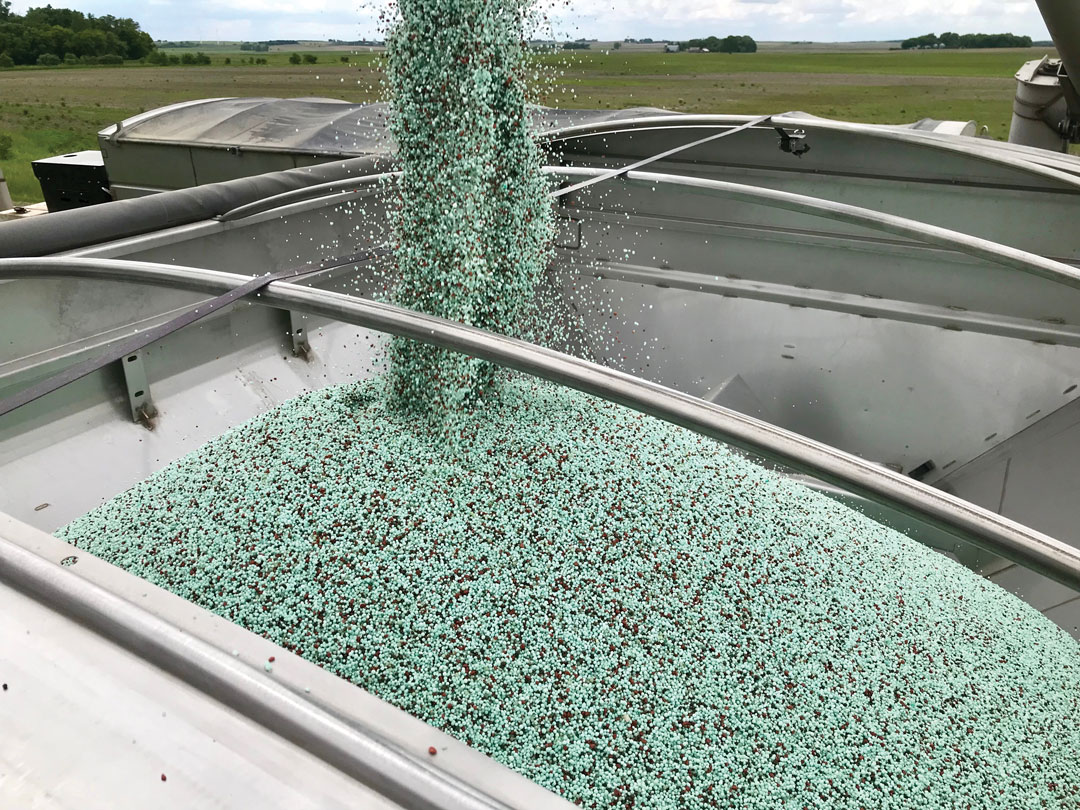SOIL STARDOM ON THE RISE
BY IAN DOIG • PHOTO COURTESY OF DAVID BURTON
Once the focus of only scientists and farmers, the general public has now become increasingly engaged in soil science as consumers wish to know more about food production. Policy-makers have responded. Federal senator Rob Black led a national study of soil health in Canada, the first of its kind in four decades, with results with results delivered in June of this year.
A top Canadian scientist in this field, David Burton (pictured above) appreciates soil’s newfound stardom. “I’ve had long periods in [my soil science career] where I spoke to rooms with four people listening to me. Now, when I get a full room for talks, I really enjoy it. It’s a special time.” Burton is the director of the Centre for Sustainable Soil Management in Truro, Nova Scotia, which is part of the Dalhousie University Faculty of Agriculture.
Established in 2021, the Centre has expanded its Maritime focus to take on projects with a Canada-wide scope, including its work to create a national soil data hub. Using big data, its researchers study soil function and management related to forestry and urban areas, but much of its focus is agricultural. Burton’s own work centres on nitrogen management in agricultural soils. This includes greenhouse gas emissions reduction, nitrogen fertility and making new tools available to farmers to improve their own nitrogen management.
For decades, soil management decisions have been made based on chemical composition. The field of soil health has refreshingly expanded to include aspects such as organic matter and compaction, said Burton. “Soil health embraces the physical, chemical and biological, which is a much more meaningful representation of the state of soil.”
With Olds College instructor and PhD student Luke Laurence, Burton developed a method to measure soil nitrogen mineralization. They first applied it to produce a map for the agricultural soils of Prince Edward Island. The system uses machine learning software to analyze this data and predict soil characteristics for a given field. A farmer can use this to determine a rough estimate of the nitrogen mineralization potential of their soil—the amount available in a form the crop can absorb. “A farmer can quantify the nitrogen capacity of their soils and look at how their management is either improving or decreasing that nitrogen supply capacity,” said Burton.
“It’s got great potential,” said Laurence. “It would give producers more confidence factoring in nitrogen mineralization.”
Funded in part by the Weston Family Foundation, they are at work on similar maps for Quebec and Ontario. “We hope to produce a map for every province,” said Burton.
Also a nationwide initiative, working in co-operation with the Canadian Society of Soil Science, the Centre intends to build a Canadian soil hub within five years. This would take the form of a single online platform that would present high-quality soil data from each province free of charge. The Centre is working with the University of Saskatchewan to integrate its soil data into the hub and believes additional universities will participate.
It is difficult to obtain permission to use soil databases collected by entities such as provincial soil labs. Also problematic, certain historical soil data is stored in outdated formats such as floppy disks, and corporations may be reluctant to share proprietary data. “We’re working to negotiate access to such data in a way that protects the privacy of farmers but also allows us to capitalize on the wealth of information it represents,” said Burton. “It’s to provide better resources to make better decisions about how we manage and sustain our soil.”







Comments